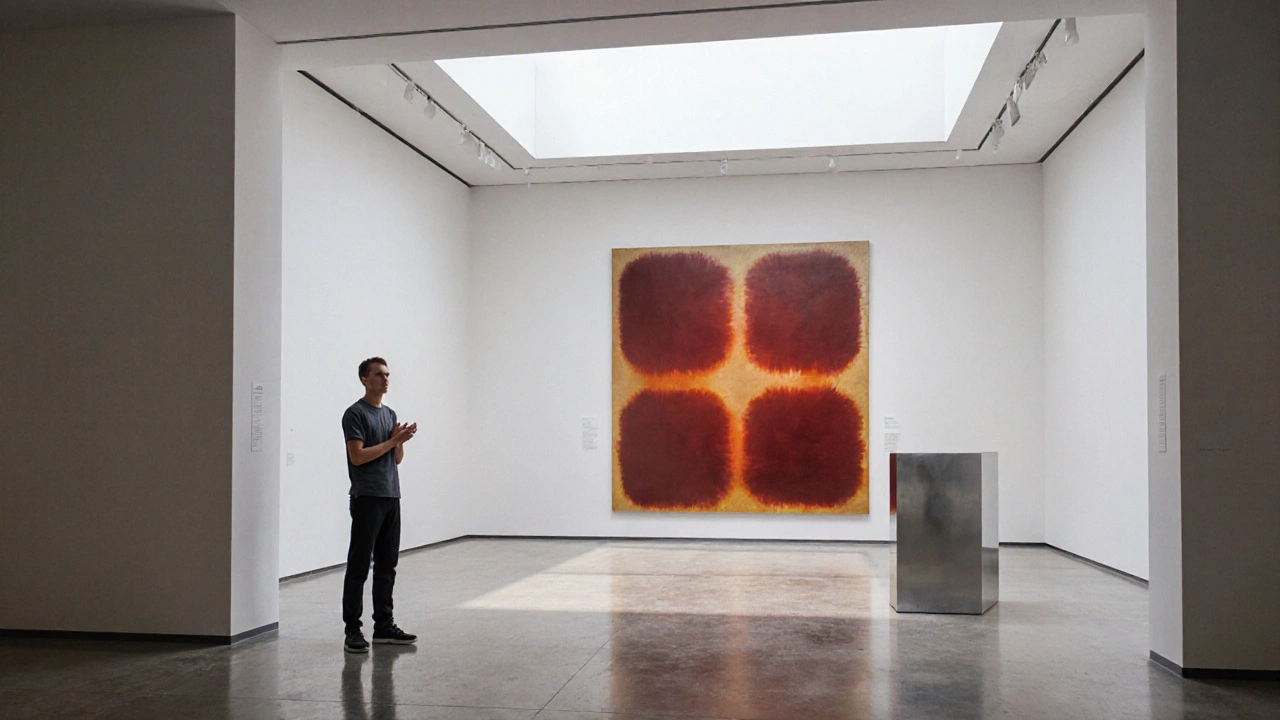Modern Art Criticism
When diving into modern art criticism, the practice of evaluating and interpreting visual works created after the late 19th century. Also known as modern art review, it helps artists, collectors, and fans understand the why behind bold colors, abstract forms, and new media. Modern art criticism isn’t just a buzzword—it's a tool for making sense of the rapid shifts we see on galleries walls and online platforms.
At its core, modern art, art produced from the 1860s onward that breaks with traditional realism provides the raw material for critique. From the gritty street pieces of Banksy to AI‑generated installations, the movement’s diversity fuels endless debate. Modern art criticism encompasses analysis of form, context, and cultural impact, linking each piece to broader social currents.
Critique itself is a discipline, which we capture in art criticism, the systematic appraisal of visual art using theory, history, and personal insight. It requires a solid grasp of visual language, historical references, and a willingness to question the status quo. Whether you’re writing a gallery essay or posting a comment on Instagram, the same principles apply: describe, interpret, evaluate.
Today's conversations are increasingly shaped by contemporary art, the current wave of artistic production that reflects today’s technology, politics, and identity. Contemporary art pushes boundaries with mixed media, virtual reality, and participatory installations, demanding fresh critical frameworks. Modern art criticism therefore evolves, borrowing tools from cultural studies, digital media analysis, and even data science.
Key to any critique are the modern artists, creators who define and redefine visual expression in the 20th and 21st centuries. Their choices of subject, technique, and medium become the case studies for critics. Understanding an artist’s background—whether they hail from a graffiti background, a fine‑art academy, or a tech lab—adds depth to the analysis and enriches the dialogue.
Our collection of articles shows how modern art criticism interacts with practical techniques. For example, the spatula technique in oil painting illustrates how texture can convey emotional intensity, a point often noted by reviewers. Knowing the best canvas for oil work or how to brighten a dull painting gives critics concrete criteria for judging technical mastery. Articles on gallery selection criteria also reveal how institutions decide which critiques to publish, tying market forces to artistic merit.
Beyond technique, criticism engages with market trends. Posts about the top‑selling art print sizes, pricing strategies for sculptures, or the most profitable oil painting dimensions demonstrate that critics must also be savvy about economics. When a critic highlights a work’s resale potential, they indirectly influence collector behavior and gallery programming.
What You’ll Find Below
Below, you’ll discover a curated set of guides, artist spotlights, and market analyses that together form a practical toolbox for anyone interested in modern art criticism. From hands‑on painting tutorials to deep dives into the histories of influential modern artists, each piece adds a layer to the larger conversation. Dive in, and let these resources sharpen your eye, expand your vocabulary, and boost your confidence when you critique the art of today.
